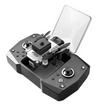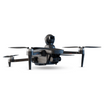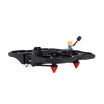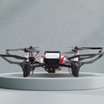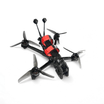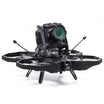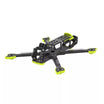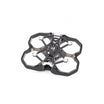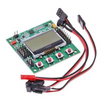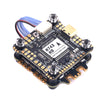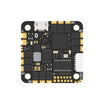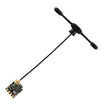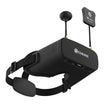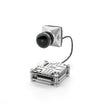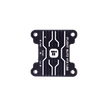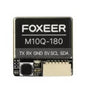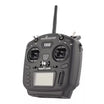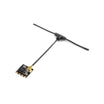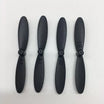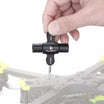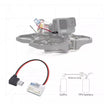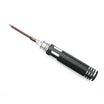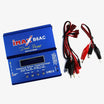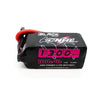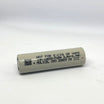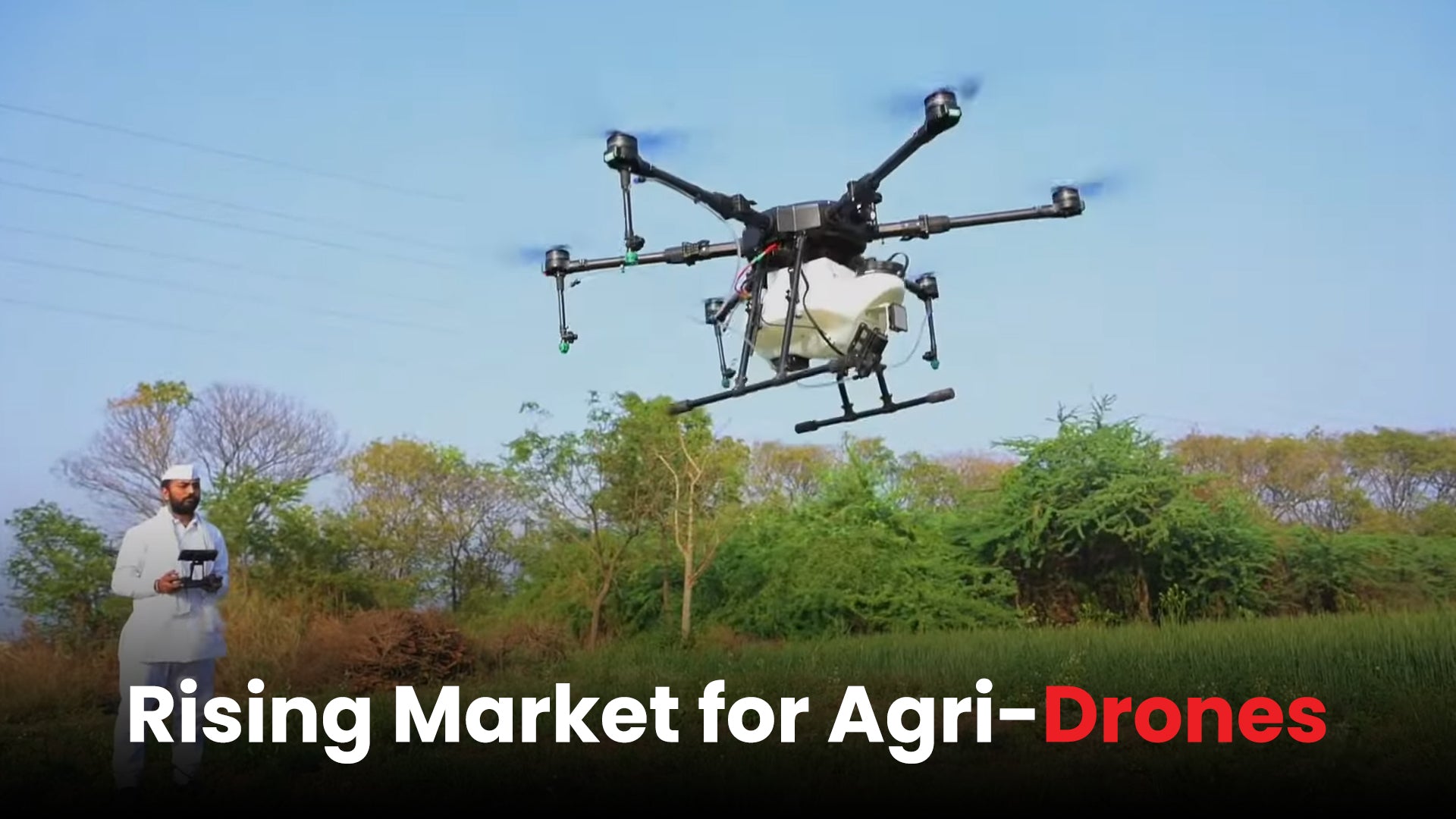Flying a First-Person View or FPV drone is a truly unique experience. Unlike traditional drones where you watch the sky from the outside, FPV drones let you see the world from the drone’s perspective. This immersive view makes FPV drones perfect for freestyle flying, racing, and capturing dynamic aerial footage.
However, flying an FPV drone is not just about pushing sticks. It requires understanding your drone, developing control skills, and being aware of safety practices.
This guide will take you through everything you need to know to start flying confidently.
What is an FPV Drone
An FPV drone is equipped with a camera that streams live video to goggles or a monitor. This creates the sensation of being inside the drone while flying.
FPV drones are faster and more agile than standard drones, which is why they are widely used in drone racing and cinematic filming.
Unlike a standard camera drone, FPV drones are designed for maneuverability and speed, which means they respond very quickly to your commands. For beginners, this can feel overwhelming at first, but understanding the basics makes it manageable.
For more detailed information, you can read our comprehensive guide on What are FPV Drones.
How to Fly a FPV Drone As a Beginner?
Let us go through step by step on how to fly an FPV drone with ease.
Step 1: Understanding Your Drone
Before you fly, it is crucial to understand the key components of your FPV drone and what they do:
Drone Frame: This is the structure that holds everything together. Most frames are made of strong lightweight materials such as carbon fibre. A sturdy frame is essential because crashes are common when learning.
Motors and Propellers: The motors spin the propellers and provide thrust to lift and move the drone. FPV drones usually have four motors, though advanced models can have more. The size and pitch of the propellers affect speed, lift, and control.
Flight Controller: This is the brain of the drone. It keeps the drone stable and interprets your control inputs. Many flight controllers also allow you to adjust settings such as sensitivity and flight modes.
FPV Camera: This camera transmits a live video feed to your goggles or monitor. Some cameras also record video for later use, which is useful for reviewing your flights or creating content.
Transmitter and Receiver: The transmitter is the controller in your hands, and the receiver in the drone executes your commands. Learning how to coordinate the sticks on the transmitter is essential.
FPV Goggles or Monitor: Goggles provide an immersive experience and allow precise control, while monitors let you see the drone without wearing goggles. Beginners can start with a monitor to get comfortable.
Step 2: Preparing to Fly
Choose a Safe Location
For your first flights, pick a wide open space with no obstacles like trees, power lines, or buildings. Parks or empty fields work best. Avoid flying near people or busy areas.
Pre-Flight Checklist
Before every flight:
-
Battery: Make sure your drone battery is fully charged and carry a spare. FPV drones use more power because of high-speed motors and video transmission.
-
Propellers: Inspect for cracks or chips. Damaged propellers can cause crashes.
-
Camera and Video Feed: Check that the FPV camera is functioning and the video feed is clear.
Also read: Decoding the new drone bill: What you must know now
Step 3: Learning Drone Controls
FPV drones have four basic controls:
-
Throttle: Moves the drone up or down. Push up to ascend, pull down to descend.
-
Yaw: Rotates the drone on its vertical axis. Useful for changing direction without moving forward.
-
Pitch: Moves the drone forward or backward.
-
Roll: Moves the drone sideways to the left or right.
Fundamental Maneuvers to Practice
-
Hovering: Start by keeping your drone in one place. This builds control over altitude and throttle.
-
Small Turns: Use yaw to rotate the drone slowly. Smooth movements help prevent crashes.
-
Pitch and Roll Combinations: Combine forward, backward, and sideways movement to navigate simple courses.
Tip: Start slow. Speed comes with practice. The smoother your movements, the more control you will have.
Step 4: Using FPV Goggles
FPV goggles are the most immersive part of flying. They show you exactly what the drone sees.
-
Adjust Goggles: Make sure they fit comfortably and the lenses are focused.
-
Keep the Drone in Sight: Especially as a beginner, maintain a line of sight to avoid losing orientation.
Tip: Many beginners use a monitor while learning, then transition to goggles for full FPV experience.
Also read: India’s drone market 2025: Size, growth, & positioning
Step 5: Building Confidence and Skills
-
Start Slowly: Take short flights and gradually increase duration. Avoid sharp turns or fast movements at first.
-
Practice with Simulators: Flight simulators allow you to practice without risk. They help build coordination and reflexes.
-
Learn from Experienced Pilots: Join online communities, watch tutorials, and observe experienced pilots. Real-world tips are invaluable.
Tip: Keep a small notebook of your flights. Note what worked, what failed, and how you improved.
Step 6: Safety Tips
-
Follow the Law: Make sure you understand local rules for drone flight, including height restrictions.
-
Fly in Safe Areas: Avoid crowds, vehicles, and restricted zones.
-
Protect Yourself: Gloves and eye protection are useful during practice, especially near hard surfaces.
Flying an FPV drone is thrilling but requires practice, patience, and awareness. Learn your drone, start slow, and focus on mastering the basic maneuvers. Over time, you will gain confidence and skill, and FPV flying will become second nature, allowing you to explore the skies from a truly unique perspective.
Frequently Asked Questions
What is the best FPV drone for beginners?
Beginner-friendly drones are lightweight, durable, and easy to control. Models from BetaFPV and Emax offer complete kits with pre-installed cameras and controllers.
How high can I legally fly my FPV drone?
Rules vary by country, but most places allow drones to fly up to 120 meters or 400 feet. Always check local laws.
Do I need FPV goggles to fly?
Goggles provide the most immersive experience and precise control. Beginners can start with a monitor and later switch to goggles.
How can I prevent crashing my FPV drone?
Start with hovering, fly slowly, use simulators, and practice in open spaces. Regular pre-flight checks also reduce risk.
Are FPV drones good for filming?
Yes, FPV drones are excellent for dynamic shots and creative angles. For very smooth cinematic footage, drones with stabilizing gimbals are better.

